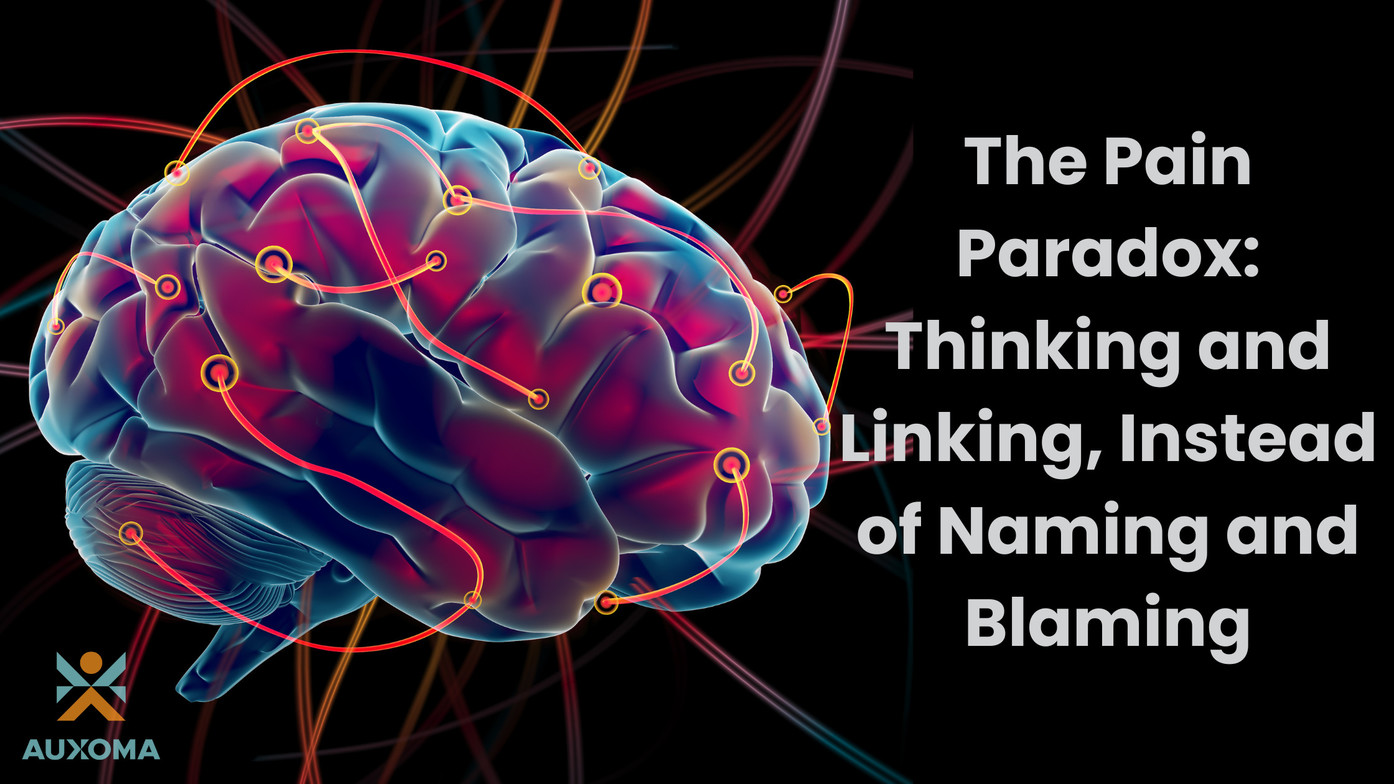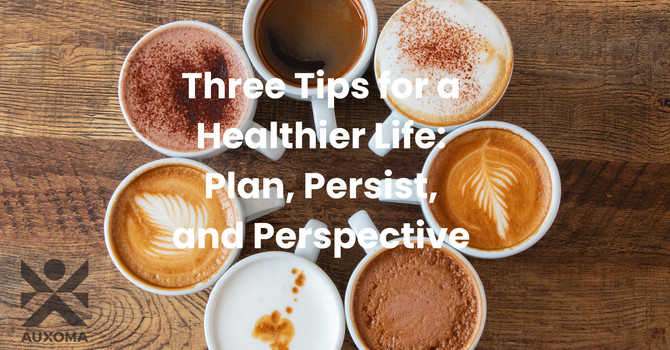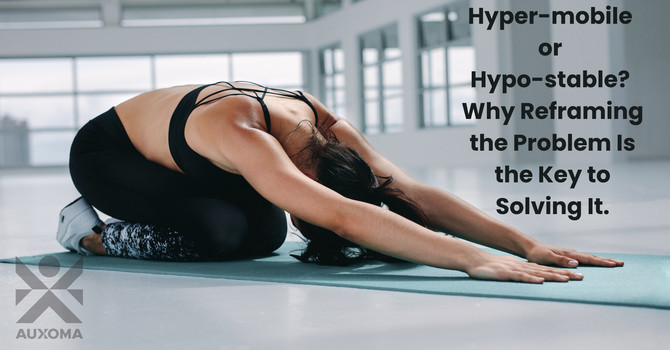
The Pain Paradox: Thinking and Linking, Instead of Naming and Blaming
The Trap of “Name It and Blame It”
To the set the stage, we are talking about chronic pain. Pain that has been going on for 3 or more months, most often years. It continues to persist or is reoccurring. You go to the doctor or a specialist and they say, “It’s your disc,” or “You have degenerative arthritis,” or “You’ve got hip bursitis.”
That kind of naming can feel reassuring. It gives a label. A thing to blame.
But here’s the problem: naming the pain doesn’t explain the pain.
Labels rarely tell the whole story. They make pain feel isolated—like it came out of nowhere, as if one specific muscle or joint is the sole villain. This is why hands on treatments, medications, and injections to the local area rarely work long term.
The truth? Pain isn’t always about one part. It’s about how all the parts are working together.
This is where real healing begins: thinking and linking—not naming and blaming.
Pain Is a Signal, Not a Sentence
Pain is your body’s way of saying, “Hey, something’s off.” But it’s often not pointing directly at the true problem.
That shoulder ache? It might be linked to the way you breathe.
That lower back spasm? Possibly connected to how your pelvis and hips move when you walk and bend over.
That recurring knee pain? It might trace back to how your foot hits the ground or how your hip stabilizes.
If we just name the pain and blame the body part, we miss the bigger picture.
If we think, “My back is bad,” or “My shoulder is weak,” we unknowingly lock ourselves into a disempowering mindset.
What if instead we look bigger picture and asked, “What is this connected to?”
You will often hear us say, “We have to look away from the area of pain in order to fix the area of pain.” Another way to say it, “We go after the ‘pain’ you don’t know about to help the pain that won’t leave you alone.”
That’s the difference between staying stuck in pain… and breaking free from it.
Healing Happens Through Patterns, Not Parts
Your body is a system intricately linked, and constantly adapting.
You don’t move in isolated muscles or joints. You move and function in patterns. And often, pain arises when those patterns become dysfunctional—usually without you even realizing it. We have to realize that no system in the body ever works alone, gets injured alone, and heal alone.
Think of it like a chain. If one link is weak or overworked, the whole system feels it. The solution isn’t to just fix that one link, it’s to restore balance across the chain.
At Auxoma, we help people stop blaming their bodies and start understanding them.
We help them see how it’s all connected, and how restoring those connections leads to real, lasting change.
Thinking and Linking Creates Resilience
When you stop chasing isolated symptoms and start linking movement, breath, stability, awareness, and strength together, you shift from short-term relief to long-term healing.
You go from:
- Naming the problem → to Understanding the pattern
- Blaming a joint or muscle → to Reconnecting a system
- Feeling stuck → to Moving forward with clarity and confidence
You don’t need a new label. You need a new lens.
Ready to Think and Link?
If you’re tired of getting a new name for the same pain or doing the same old treatment and hoping it works this time, let’s take a different approach.
Let’s explore how your body moves, breathes, stabilizes, and adapts.
Let’s stop blaming and start connecting.
Because true healing happens when we think, link, and move forward to getting you back to enjoying the things you love pain and problem free.
Dr. Tyler Panko
Contact Me


